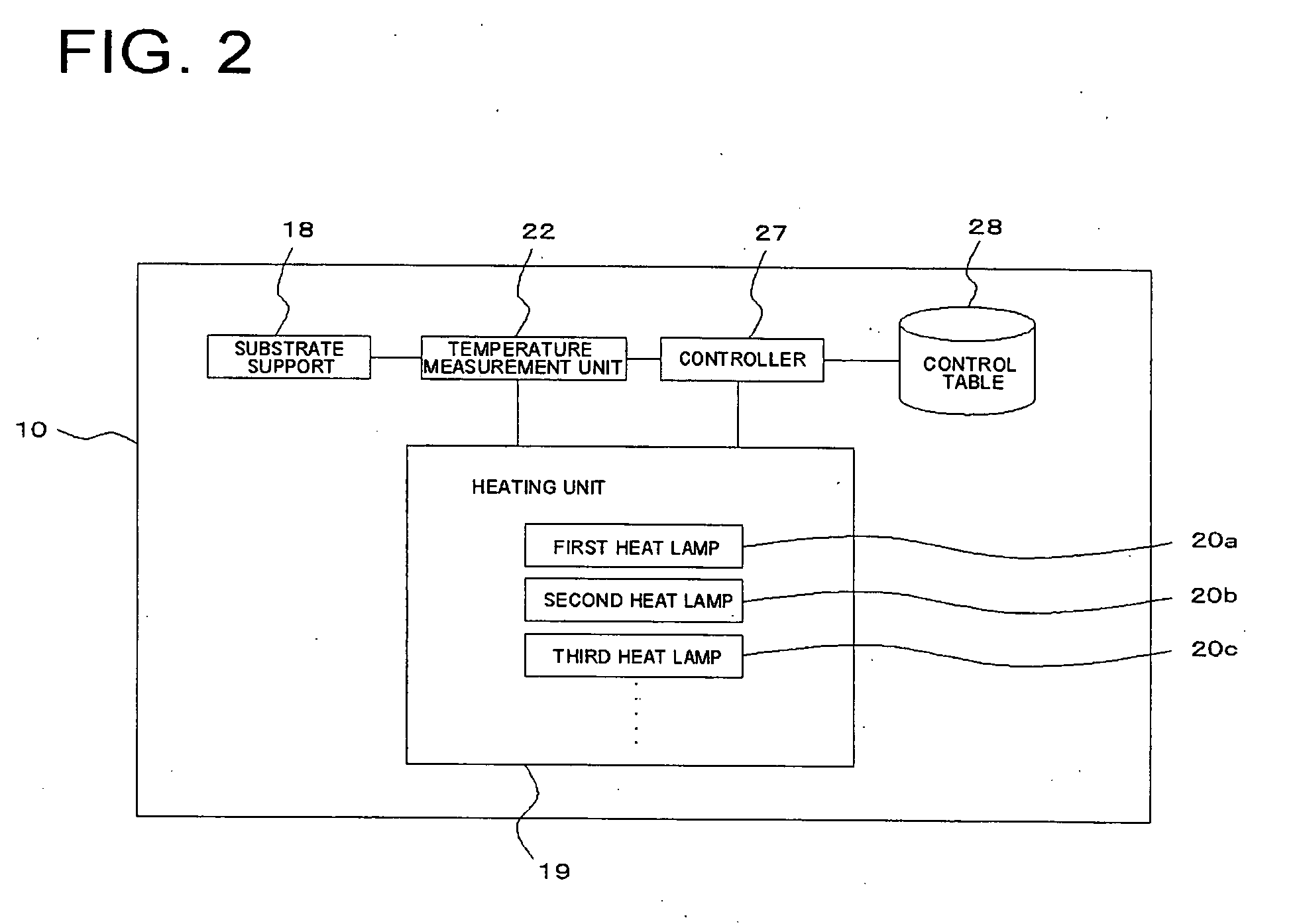Method for manufacturing semiconductor device
a manufacturing method and semiconductor technology, applied in the direction of semiconductor devices, electrical appliances, transistors, etc., to achieve the effect of reducing the generation of junction leakage current, and reducing the sheet resistance of the silicide layer
- Summary
- Abstract
- Description
- Claims
- Application Information
AI Technical Summary
Benefits of technology
Problems solved by technology
Method used
Image
Examples
first embodiment
[0054] In the present embodiment, an exemplary implementation of employing a silicon wafer as the silicon substrate will be described. FIG. 8 is a flow chart, showing a procedure for manufacturing a semiconductor device in the present embodiment. The silicide layer is formed on the silicon substrate such as silicon wafer and the like according to the procedure of FIG. 8, so that semiconductor devices having a predetermined device such as transistor and the like can be manufactured by employing this procedure.
[0055] A procedure for manufacturing of FIG. 8 includes the following steps;
[0056] step 101: sputter;
[0057] step 102: first sintering;
[0058] step 103: unloading wafer;
[0059] step 104: removing unreacted Co; and
[0060] step 105: second sintering.
[0061]FIG. 9 is also a flowchart, showing a part of the manufacturing procedure shown in FIG. 8, and more specifically, describing the step 101 and the step 102 in detail. FIG. 12 is a graph, showing a temperature profile of the sil...
second embodiment
[0095] In the present embodiment, the manufacture of the transistor by employing the process for manufacturing the semiconductor device described in first embodiment will be further described in more detail. While an exemplary implementation of forming a complementary metal oxide semiconductor field effect transistor (CMOSFET) on a silicon substrate is described, conductivity type and number of transistor(s) are not particularly limited, and a predetermined number of transistor(s) having respective predetermined conductivity type(s) may be provide on the silicon substrate.
[0096] First of all, a configuration of lamp annealing apparatus of the present embodiment will be described on the basis of a schematic cross-sectional view in FIG. 1 and a functional block diagram of FIG. 2.
[0097] As shown in FIG. 1 and FIG. 2, a lamp annealing apparatus 10 includes: a chamber 12 for containing a silicon substrate 24 having cobalt deposited thereon; a plurality of heat lamps 20 provided in the ...
examples
[0186] In the present example, a p-type FET (FIG. 4) was formed in a silicon substrate by employing a method described in first embodiment.
[0187] The configuration of a side of a p-type FET shown in FIG. 3 was formed in a silicon substrate 24, and then, Co was sputtered on the entire device-forming surface in a sputter apparatus at a temperature of 350 degree C. Thereafter, the silicon substrate was transferred into a lamp annealing apparatus, where first sintering processing was conducted. In the first sintering, the silicon substrate was once elevated to a temperature of 300 degree C., and then, the temperature was held at 300 degree C. for 10 seconds, which was a temperature holding operation. Thereafter, temperature-elevating operations were conducted from 300 degree C. to 700 degree C. at various temperature ramp rate. Then, the temperature was held at 700 degree C. for 60 seconds to form CoSi layer on the device-forming surface. After the first sintering, unreacted Co was rem...
PUM
| Property | Measurement | Unit |
|---|---|---|
| junction depths | aaaaa | aaaaa |
| junction depths | aaaaa | aaaaa |
| temperature | aaaaa | aaaaa |
Abstract
Description
Claims
Application Information
 Login to View More
Login to View More - R&D
- Intellectual Property
- Life Sciences
- Materials
- Tech Scout
- Unparalleled Data Quality
- Higher Quality Content
- 60% Fewer Hallucinations
Browse by: Latest US Patents, China's latest patents, Technical Efficacy Thesaurus, Application Domain, Technology Topic, Popular Technical Reports.
© 2025 PatSnap. All rights reserved.Legal|Privacy policy|Modern Slavery Act Transparency Statement|Sitemap|About US| Contact US: help@patsnap.com



